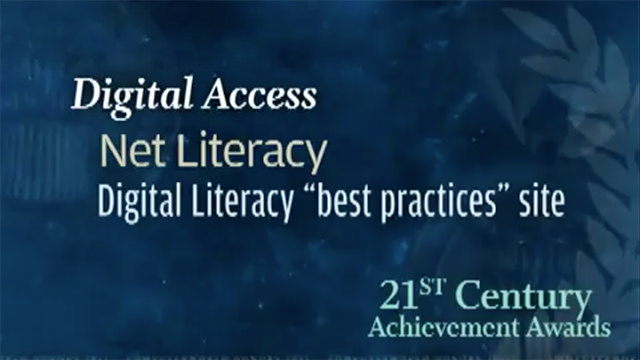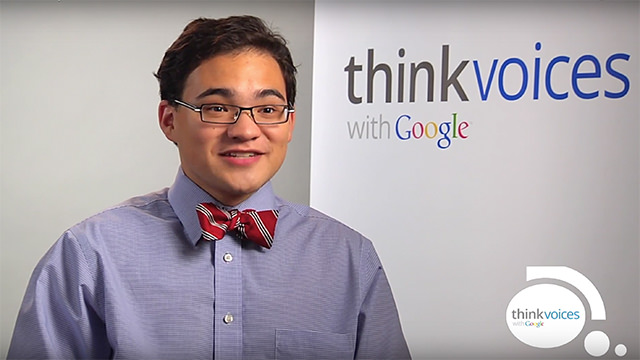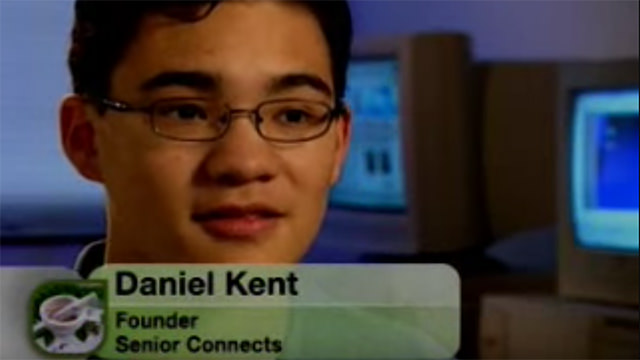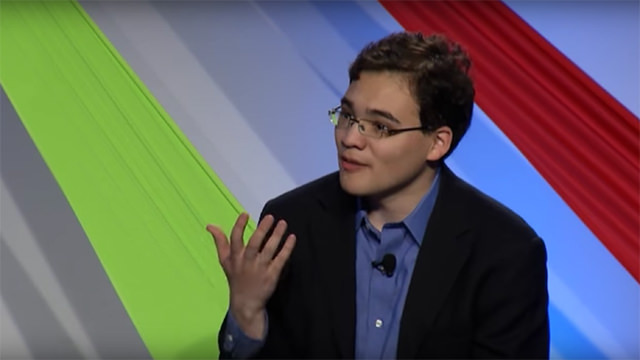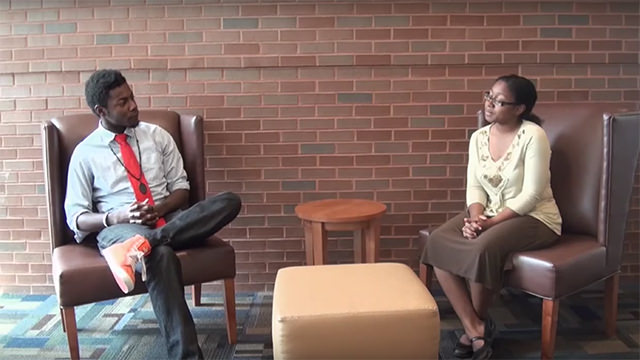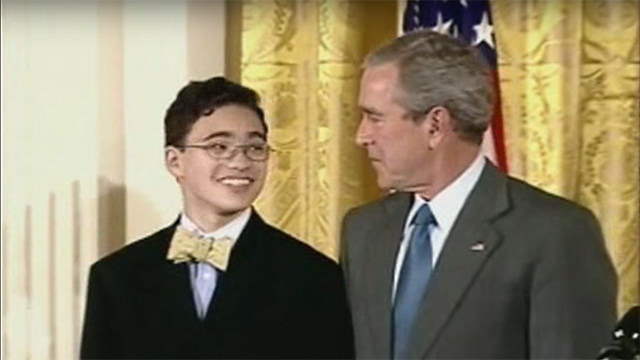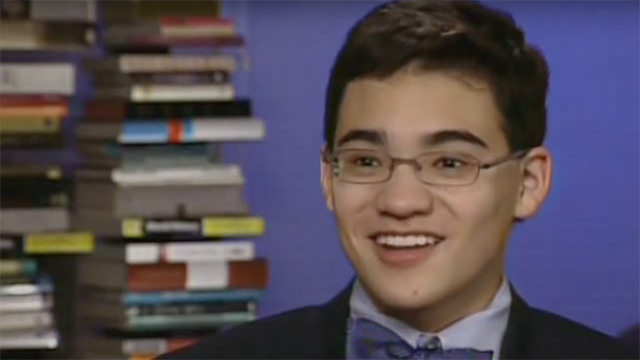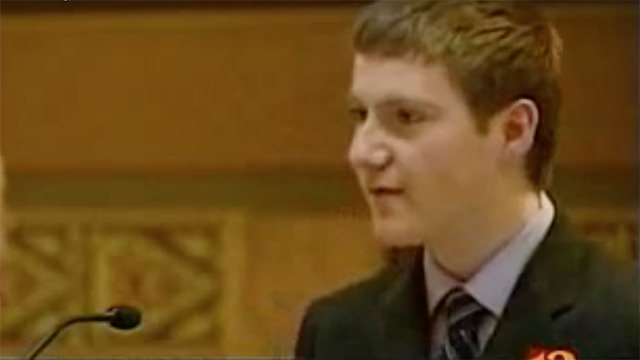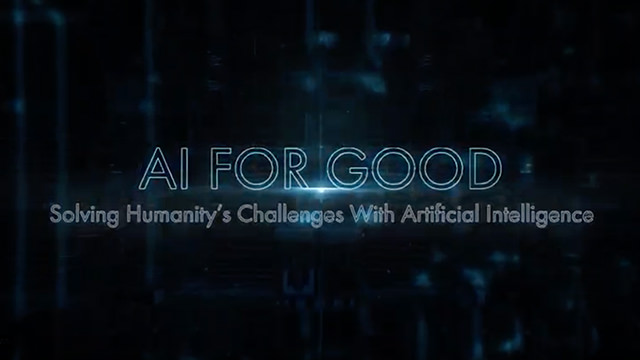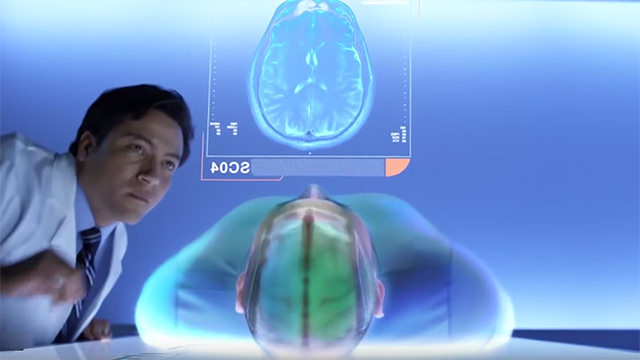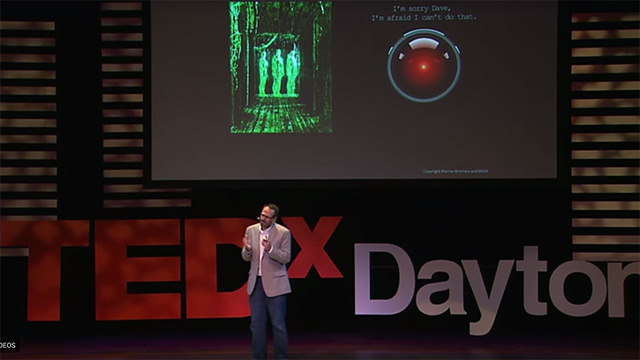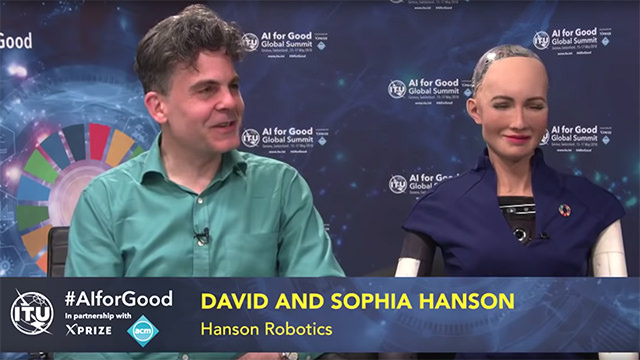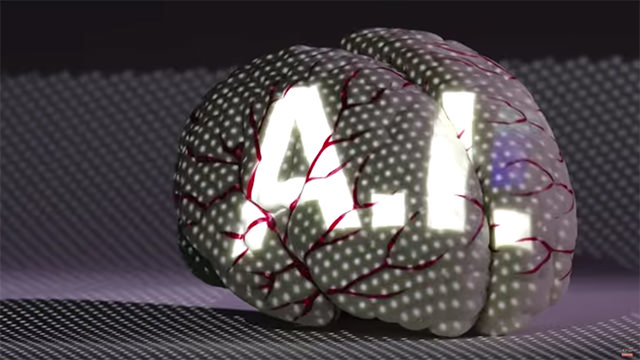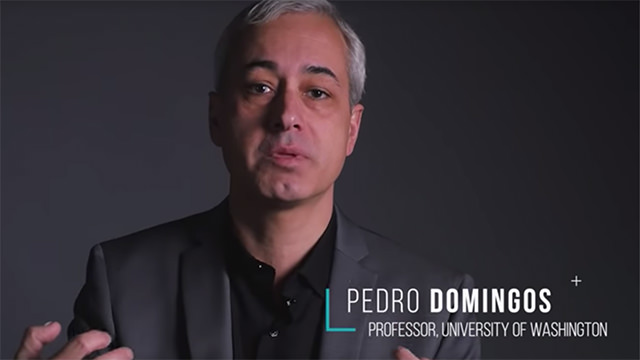Net Literacy Chapter Good Practices
Sometimes, one example is worth 1,000 words. Every school is different and their program reflects the richness and diversity of our communities. This section includes three detailed examples of successful Net Literacy chapters. Click on the links in the menu on the left underneath this section to learn about a highlighted Net Literacy school chapter.

Net Literacy Honor Roll Chapters
The student volunteers at our chapters have accomplished remarkable achievements. Depicted below is a sample of some of the innovative and impactful accomplishments that have touched the lives of thousands of individuals. Congratulations to the remarkable student volunteers that have impacted their communities through project based learning coupled with service learning. The Net Literacy Honor Roll recognizes the single most initiative undertaken or associated by the top ten school that have had a Net Literacy chapter. The “Net Literacy Honor Roll” schools are listed in alphabetical order:
Arlington Community School – the first school that began repurposing computers in the school after school, using the Computer Connects methodology. This program ensured that the families of every Arlington High School student had a computer for use in their home to complete their homework. At many chapters, Net Literacy student volunteers assist their high school’s Computer Specialists and classmates by serving as “Net Techs” and providing Tier One troubling shooting support and service to fellow students. Here’s a video staring real students about Net Book Safety at Arlington Community School! Note – this is a long video so it will take longer to load, especially depending upon your broadband bandwidth connection. Sorry.
New Tech High @ Arsenal Tech – the first school whose student volunteers most contributed to the Community Connects program, speaking at community meetings, serving on the team that built a website for NESCO, a community-based organization that works to increase volunteerism and community improvement, and serving on the team that built websites for local nonprofits without an online presence to help them become more sustainable.
Brebeuf Jesuit Preparatory School – the school whose leadership helped organize, manage, and led the creation of the Safe Connects program, in collaboration with other Net Literacy chapters at other schools.
Broad Ripple High School – the first school whose Computer Connects program that was incorporated into the curriculum and repurposed enough computers so that every classroom had five computers for use by students during the school day.
Carmel High School – the first school school whose Computer Connects program created three racks with servers capable of repurposing 120 computers per month. Each year, the “Carmel Connects” chapter of Net Literacy provides 500 computers for use in the Net Literacy – Indiana Association of United Ways initiative.
Camel Middle School – the first school where students visited independent living and senior apartments to teach senior citizens computer and Internet skills using the Senior Connects methodology.
Decatur Central School of IDEAS – the first school to have a three-day intensive summer program where incoming freshmen learned Computer Connects skills, Internet safety, and group dynamics all in the context of project based learning.
Emma Donnan Middle School – after receiving a donation of 100s of computers from a high school with a Net Literacy chapter, Emma Donnan decided to form their own chapter and began repurposing computers. Emma Donna produced a video on social networking and internet safety that can be viewed by watching the video below.
IT Tech – the first school that integrated a program to build computer labs in churches, community centers, and charter schools as a component of the capstone course for graduating IT students. Each year “Tech Force,” the Net Literacy chapter at IT Tech, builds approximately 15 computer labs increasing computer access to thousands of individuals.
John Marshall Community School – the first school to volunteer to repurpose hundreds and hundreds of computers for the families of elementary school students without a computer at home. This is service learning at its best – volunteering to help other younger students.
Northwest Community School – the first school to invite senior citizens into their computer labs after school so that student volunteers could teach seniors computer and Internet skills.
Special Education’s Off Campus Instruction – these students use their computers and receive one-on-one instruction throughout the year – but they gathered together as volunteers to build a website, repurpose and QA hundreds of computers, and learn group dynamics and team building skills.
T.C. Howe Academy -the school that perfected the Safe Connects program. After watching the Net Literacy chapter present Safe Connects to elementary school students, the Chief Technology Officer of IPS decided that 17,000 students would receive Safe Connects training the following year.
Congratulations to all!
If you believe your school has qualified to be included, please email the name of your school, the date when your Net Literacy program began, and your extraordinary accomplishment. If you believe that your school has accomplished a service that exceeds the recognition listed on this page, please email [email protected].
